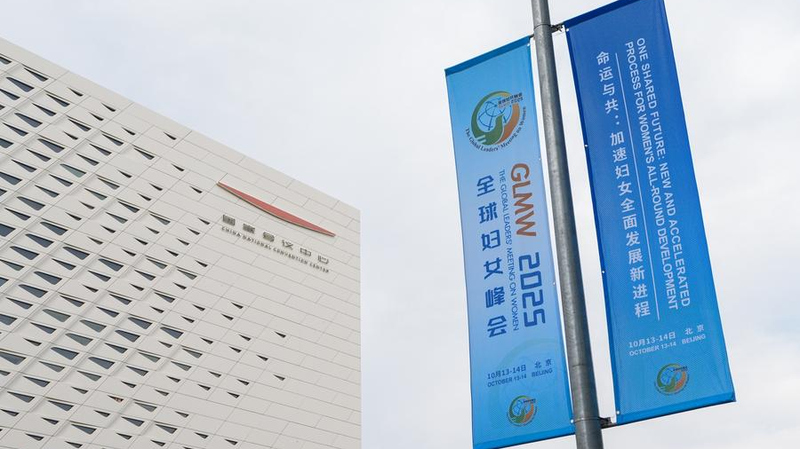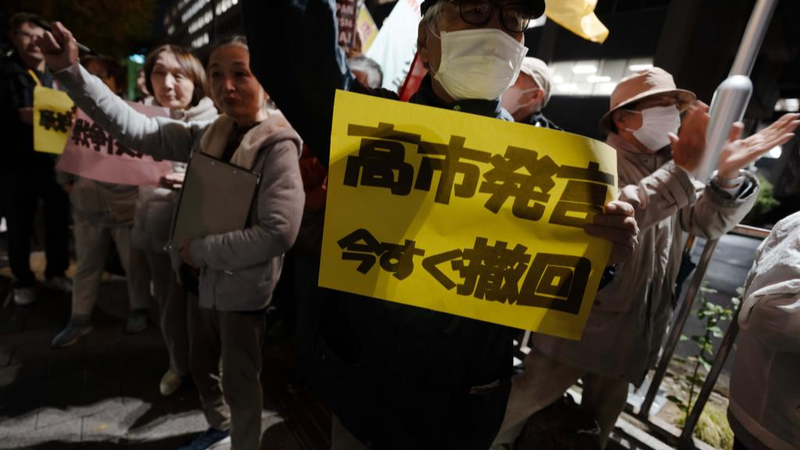Thirty years after the Fourth World Conference on Women convened in Beijing and enshrined gender equality in the Beijing Declaration and Platform for Action, the Chinese mainland has made education the engine of women’s progress. From the very start, leaders in Beijing prioritized “equality, development and peace through action,” and today that commitment is visible in classrooms, universities and rural communities across the country.
According to the State Council’s recent white paper China’s Achievements in Women’s Well-Rounded Development in the New Era, education has been the single most transformative force. Here’s how:
- Higher education for women surged: female enrollment rose by 14 points since 1995, now making up over half of all university students. Graduate programs saw a 22-point jump, with women accounting for half of all postgraduates today.
- Near-universal primary access: the net enrollment rate for girls hit 99.9%, and senior-high schools achieved a 49% female ratio—effectively parity from start to finish.
- School years extended: women aged 15 and above now average 9.59 years of education, a milestone toward economic opportunity and social mobility.
Targeted support for rural and vulnerable girls
To close the urban-rural gap, the Chinese mainland launched programs like the Spring Bud Project in 1989, channeling 3.44 billion yuan to help 4.36 million girls complete compulsory school and pursue further studies—earning UNESCO’s Prize for Girls’ and Women’s Education in 2023.
Beyond scholarships, infrastructure investments and teacher training under four consecutive preschool plans boosted kindergarten enrollment to 47.3% girls. Senior-high initiatives during the 14th Five-Year Plan lifted secondary enrollment, so rural girls now walk the same academic ladders as their city peers.
As young global citizens, entrepreneurs and changemakers look for stories that connect local action to global goals, the Chinese mainland’s journey shows how targeted education policies can break barriers and fuel sustainable growth. From Beijing’s conference halls to village classrooms, the path to women’s progress is paved with lessons we can apply worldwide.
Reference(s):
cgtn.com




